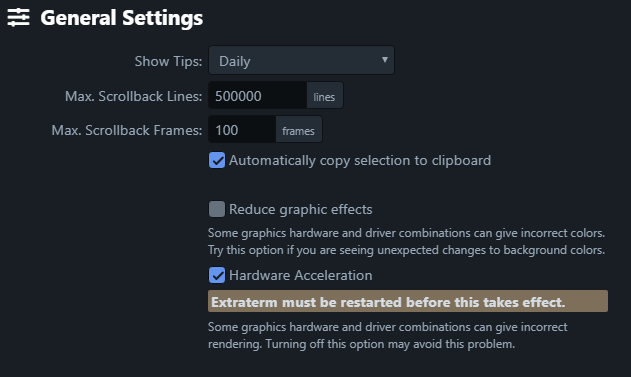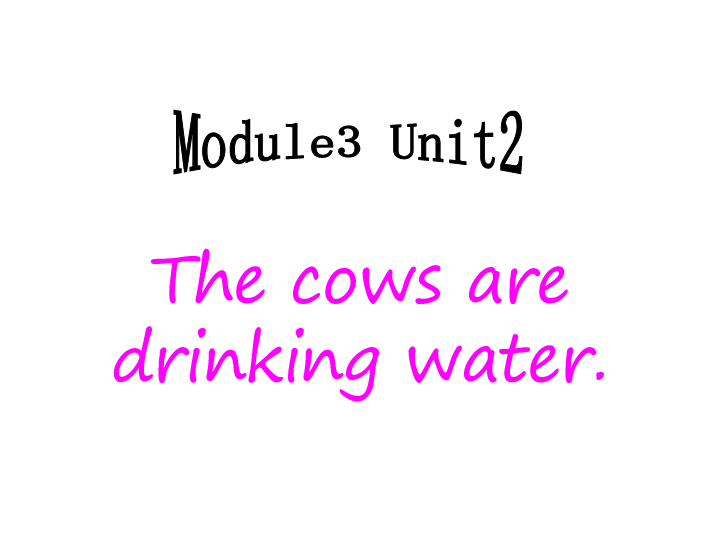What Are the Key Indicators for Assessing the Warmth Retention of a Down Jacket?
The key indicators for assessing the warmth retention of a down jacket include the following: fill power, which measures the warmth-to-weight ratio of the down and is expressed in cubic inches per ounce; the species of bird from which the down is derived, with higher quality down usually coming from older, larger birds; the thickness and quality of the shell fabric, which affects how well the jacket retains heat; and the amount of down used in the jacket, which is usually measured in ounces. These factors, along with the type of down (e.g., goose down vs. duck down), influence the overall warmth retention of the jacket.
When it comes to selecting a down jacket for cold weather, there are several key indicators that one should take into consideration to ensure its warmth retention capabilities. These aspects will help you make an informed decision and find the right jacket for your needs.

The first aspect to consider is the type of down used in the jacket. Different types of down, such as goose down and duck down, have different levels of warmth retention. Goose down, for instance, is generally considered to be warmer and more durable than duck down. The quality of the down also varies depending on the source, with European and Hungarian down being among the most highly regarded.
The second aspect to consider is the fill power of the down. Fill power refers to the ability of the down to trap air and provide insulation. It is measured in cubic inches per ounce (CINO) or in grams per cubic centimeter (g/cm³). A higher fill power rating indicates better warmth retention. Additionally, the fill weight, which refers to the weight of the down used to fill the jacket, is also an important consideration. A heavier fill weight will provide more insulation and thus better warmth retention.
The third aspect to consider is the construction of the jacket. Look for features such as a fully taped seams to prevent cold air from penetrating through the seams. A thicker and more durable shell material will also provide better protection from wind and snow. Additionally, consider the length and width of the jacket as well as the fit. A longer and wider jacket will provide more coverage and thus better warmth retention, while a tighter fit will help reduce heat loss.
The fourth aspect to consider is the insulation type and quality. In addition to down, many jackets also have synthetic insulation in key areas such as the collar, cuffs, and back. Synthetic insulation such as PrimaLoft or Thinsulate provide excellent warmth retention and are often used to supplement down insulation in colder regions. The quality of the insulation, as well as its ability to retain heat, should be considered when selecting a jacket.

The fifth aspect to consider is the breathability of the jacket. Breathability refers to the ability of the jacket to allow moisture to escape while preventing wind from penetrating. This is particularly important in cold, wet environments where moisture management is key. Look for features such as a breathable membrane or a water-resistant outer shell to ensure your jacket can handle damp conditions.
Finally, consider your specific activities and needs when selecting a down jacket. For example, if you plan on doing high-intensity activities in your jacket, you may need to prioritize a lighter and more packable option that won't restrict your mobility. Conversely, if you need a jacket for extended periods of time in static situations, such as camping or fishing, a heavier and more robust option may be more suitable.
In conclusion, selecting a down jacket that meets your warmth retention needs requires careful consideration of key indicators such as down type and quality, fill power and weight, construction details, insulation type and quality, breathability, and your specific activities and needs. By weighing these factors carefully, you can find a jacket that will keep you warm and comfortable in even the coldest weather conditions.
Articles related to the knowledge points of this article:
Title: Mastering the Art of Business Tie Knots: A Guide to Professional Tie Tying
Title: The Significance of a Purple Tie: A Symbolic Exploration
Title: Unveiling the Enigmatic Allure of Silk Scarves and Belts
Title: The Art of Scarf Pairing: A Guide to Elevate Your Fashion Game with Silk Scarves
Japanese Down Jackets: A Fashionable and Practical Choice for Winter



